22-01-09 “La selva” means “the rainforest” and in this case it refers to a biological research station in that ecosystem that was established in the late 1950s and gradually expanded over the years through the support of the U.S. National Science Foundation and various US and Costa Rican universities. It is now run by the Organization for Tropical Studies as a base for researchers, students, and visitors. We were there just for one afternoon, night, and morning, to learn about the station, its initiatives, and the surrounding tropical forest. One of the first things we were introduced to was the amazing diversity of birds found there—480 species. Compare this to the 266 that have, at one time or another been seen in the entire state of Minnesota, and you’ll get a sense of the diversity and the challenge of identifying all these different birds! We saw probably 10 species just in the fruit tree outside the dining hall after our welcome lunch.
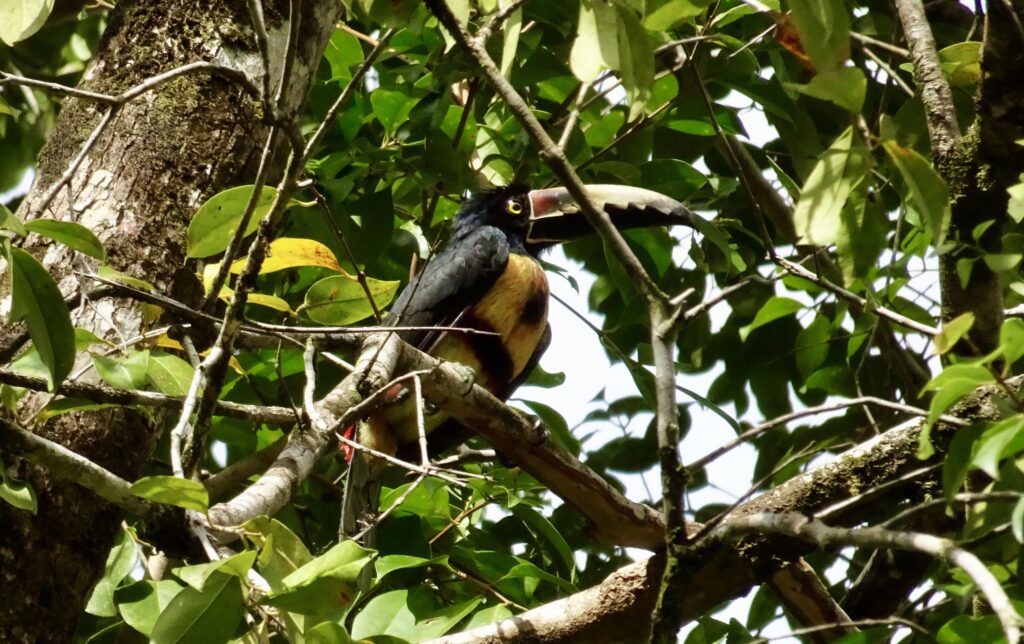
After lunch we went wildlife-watching in earnest with a La Selva naturalist/guide. Though it was hard to keep track of all the species we saw, a short list includes (birds): Bananaquit, Yellow-fronted toucan, Rufous tailed jacamar, Roadside hawk, Crested guan, Montezuma oropendula, Summer tanager*, Chestnut-sided warbler*, Cinnamon bekar, Mealy parrots, one of the parakeets, and many more that slip my mind (and notes). (*=migrants from North America) We also had good looks at both species of sloth, Two- and Three-toed sloths.
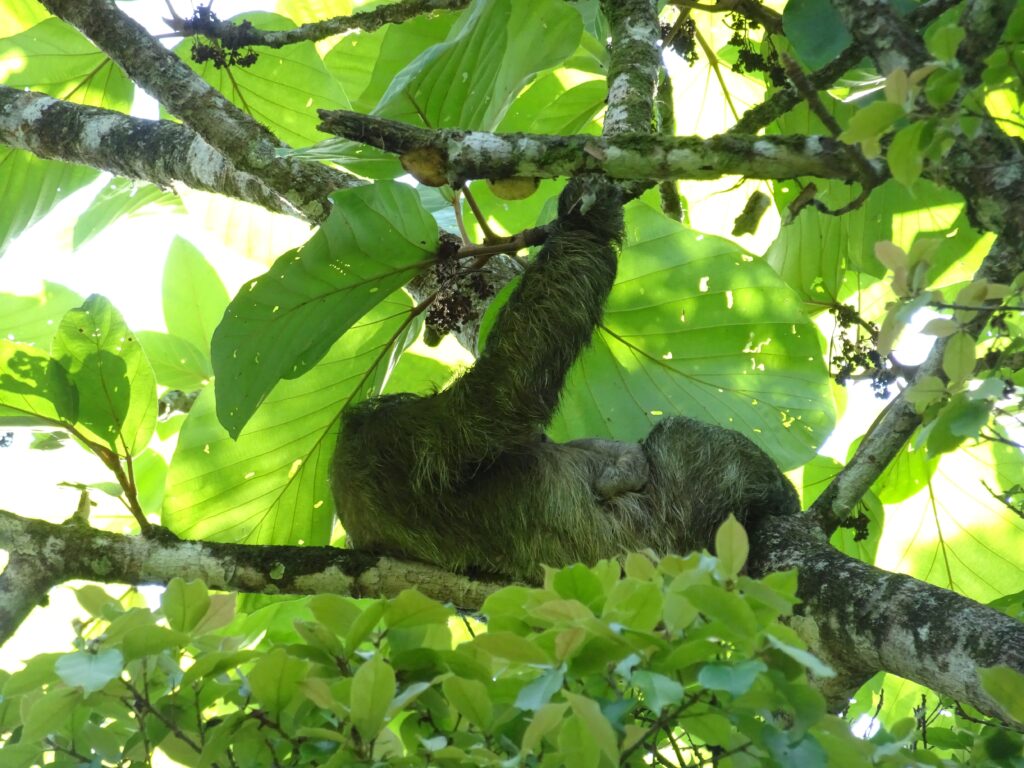
We met a group of University of St Thomas (St Paul) students and their botanist professor at dinner that night, another J-term group; they were spending their entire time at La Selva studying medicinal botany and tropical ecology.
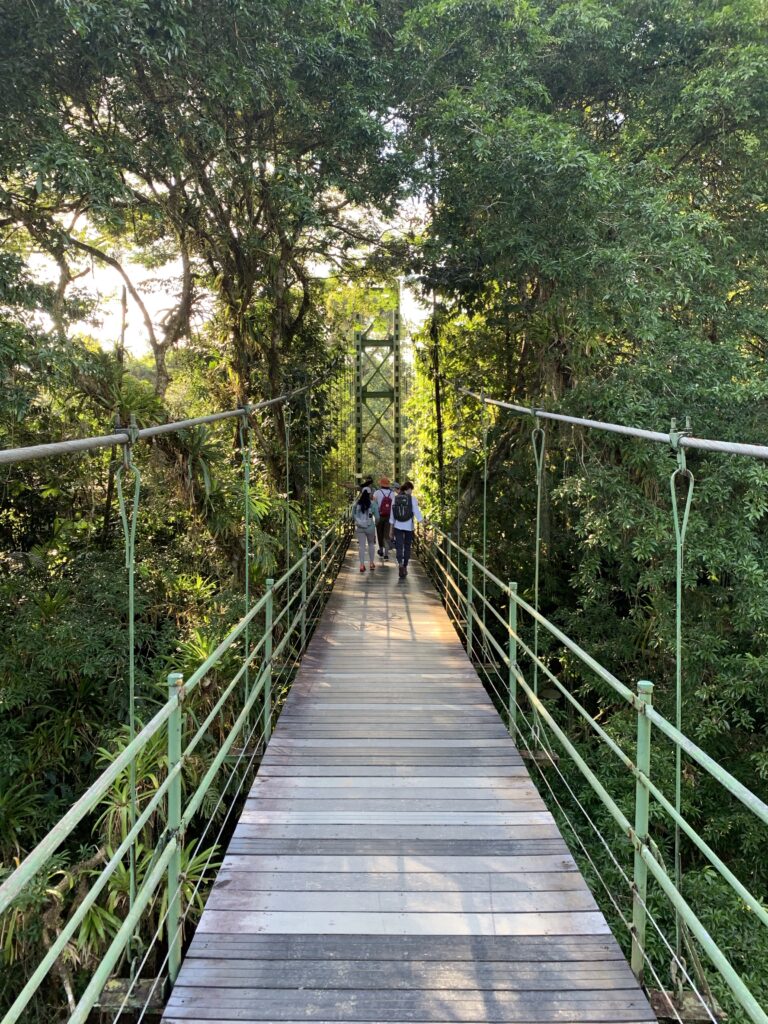
After supper most of us went out with our headlamps and flashlights to see what creatures came out at night. The only vertebrates that we saw were a rabbit (the “tapeti”), a bat, a gecko in a hole, a tiny red and blue poison dart frog, and a glimpse of an armadillo. But there were lots of arthropods, from the many spiders whose eyes shone back at us from our headlamps, to giant millipedes, katydids, crickets, and beetles. It was hard to make progress into the forest for all the odd and interesting things we discovered!
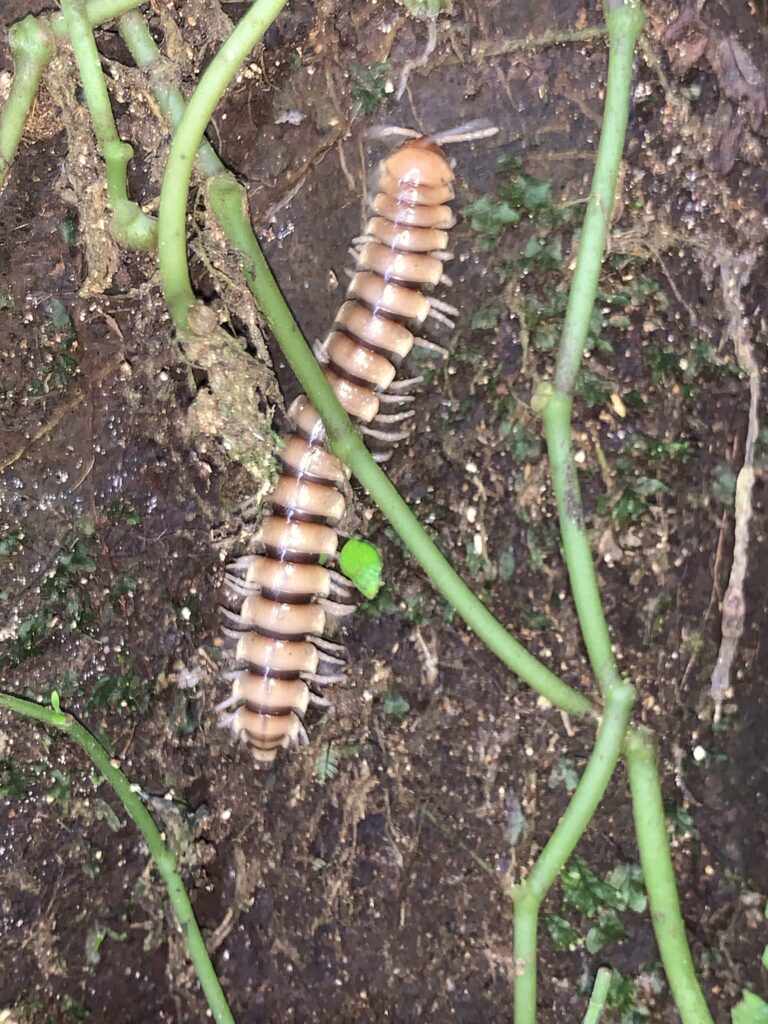
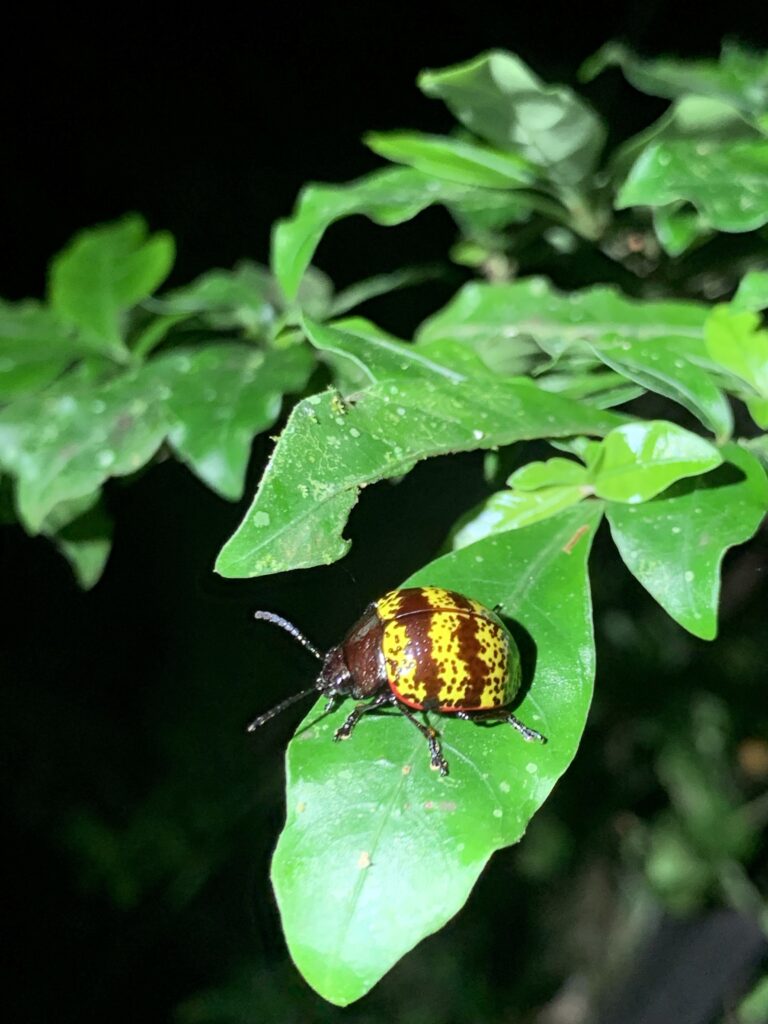
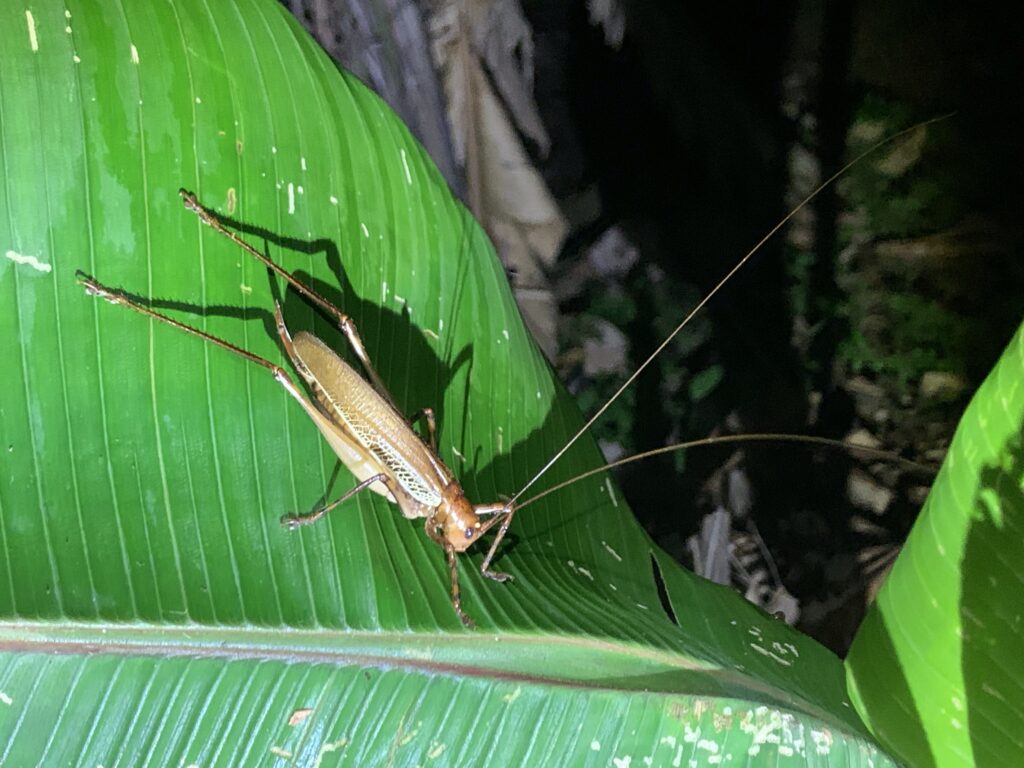

Even here in the lowland rainforest the climate is changing. Monitored since 1958, the pattern of precipitation has changed over the last few decades with the dry times (Jan-Apr) becoming drier, and the wet times (May-Aug, Oct-Dec) wetter. What this means to the forest and its species is an active topic of research.